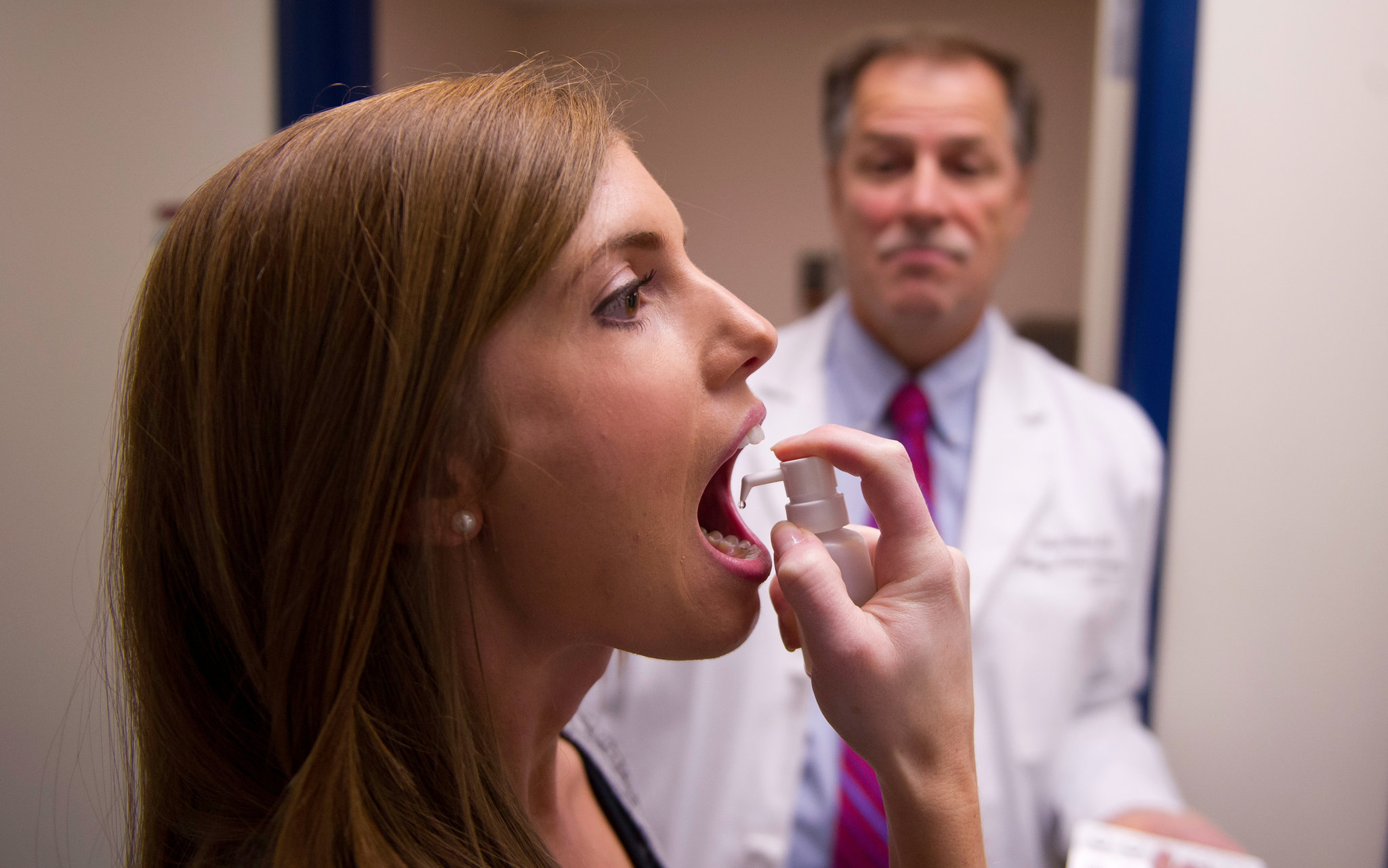
You don’t begin by asking which works better. You ask which fits your life. The difference isn’t only in science. It’s in schedules, fears, habits. Both aim to retrain your immune system. Both take time. But how you begin depends more on logistics than medicine. Time, setting, consistency—those shape the first step more than preference.
Some people never make it past the first injection
Allergy shots require commitment. Not everyone can make it through the buildup phase. Weekly appointments. Multiple injections. Soreness. Anxiety. Sometimes even reactions. It’s not about willpower—it’s about access. Not every clinic is nearby. Not every job allows flexibility. That’s why many quit early. Not from failure. From fatigue.
Tablets dissolve under the tongue but don’t dissolve hesitation
Sublingual tablets feel easier. No needles. No clinics. Just a small routine at home. But daily doesn’t mean simple. You must take them consistently. At the same hour. On an empty mouth. Before meals. After brushing. They dissolve, but slowly. That pause—every morning—demands discipline. Missing days breaks the rhythm. And then you start over.
Shots treat more allergens at once
With injections, you can target multiple triggers. Dust mites. Mold. Grasses. Pet dander. All combined. Custom mixes adjust to your sensitivity levels. You don’t need separate treatments. That’s a strength of shots. Tablets don’t do that. Each one targets one allergen family. You want grass and dust? Two tablets. Two schedules. Twice the wait.
Tablets have fewer serious reactions, but not zero
People often assume sublingual tablets are reaction-free. They’re not. They’re just less likely to cause emergencies. Throat itching. Lip swelling. Coughing. Those happen. Most resolve fast. But an epinephrine pen may still be prescribed. Especially in the beginning. That’s why first doses happen under supervision. At least at first. After that, you’re on your own.
Injections may be covered by insurance—tablets less so
Cost matters. And not just upfront. Many insurance plans support injections. Copays exist, but coverage helps. Tablets, though FDA-approved, aren’t always listed. Especially long-term. That means out-of-pocket. Year after year. A box of tablets costs less than a clinic visit. But over time, totals shift. Ask first. Reimbursements change without notice.
Sublingual treatment must start months before allergy season
Planning matters. These tablets aren’t rescue meds. You don’t start them with symptoms. You start early. Some need 8 to 12 weeks. Only then does immunity shift. That means calendars, not feelings, drive decisions. If you miss the window, they don’t help. You wait another year. That’s a deal-breaker for many.
Shots work for both seasonal and year-round triggers
Injections don’t care about season. Whether your triggers bloom or linger, they build resistance anyway. That makes them a year-round tool. Tablets? Mostly seasonal. Grass, ragweed, dust mites. If you react to cats or mold, shots stay your only option. Sublingual tablets aren’t approved for everything. Yet.
Children may tolerate tablets more easily
Fear of needles never fades entirely. Especially in kids. Tablets offer an alternative. No tears. No panic. Just a pill under the tongue. Pediatricians often prefer this route. But only when approved by guidelines. Not every tablet is cleared for children. Age matters. So does parental follow-through. Daily pills mean daily reminders.
Tablets are approved for fewer allergen types
Not every allergen has a tablet. Only a few are FDA-approved. Grass. Ragweed. Dust mites. That’s it—for now. More are being studied. But the list remains short. Injections, however, are customizable. You react to cockroaches? Mold spores? Your allergist can blend them. Tablets can’t. That limitation defines choice for many.
You don’t need to stay in a clinic with tablets
Injections require supervision. After each shot, you wait. At least 30 minutes. Sometimes longer. That’s for safety. Reactions can happen. Clinics monitor. Tablets skip this step. After your first supervised dose, you’re free. Take them at home. Or work. Or school. No waiting rooms. No post-dose surveillance.
Reactions to shots can escalate quickly
Most people tolerate shots well. But when reactions occur, they hit harder. Anaphylaxis is rare. But real. That’s why epinephrine is always nearby. Nurses watch. Protocols exist. You’re not alone when it happens. That’s reassuring for some. Alarming for others. Tablets don’t require this net—but also don’t provide it.
Allergy shots show results after about six months
Don’t expect instant change. Even with injections, the body learns slowly. It needs repetition. Buildup phase lasts weeks. Then maintenance. Around six months in, patients report change. Not everyone. But many. Sometimes longer. You might doubt before then. That’s normal. Improvement comes gradual, then stays. But only if you continue.
Tablets may need yearly renewals for years
One box ends. Another begins. You refill. Again and again. Many continue for three years. That’s the plan. But not everyone finishes. Life interrupts. Schedules shift. Motivation dips. Tablets feel easy, but longevity matters. Daily pills for 1,000 days? That’s no small feat. Especially when results stay subtle at first.
You can combine both—but rarely at the same time
Some ask for both. Why not maximize benefit? But protocols say otherwise. Cross-reactivity exists. Overlapping treatments risk overloading the immune system. Some specialists allow it—with caution. Most don’t. Instead, one follows the other. Or supplements a failed attempt. But rarely in parallel. Choose one. Commit. Switch only with reason.
Injections can be adjusted more easily than tablets
Allergy shots can evolve. Dosages shift. Ratios change. Your doctor tweaks them. Tablets stay fixed. Each dose contains a standard extract. No customization. That rigidity works for some. Others need flexibility. If reactions change, shots adjust faster. Tablets do not. What comes in the foil stays the same.
Clinics track your progress closely with injections
Shots mean appointments. Appointments mean records. Charts. Patterns. Adjustments. That supervision builds accountability. You don’t just guess progress—you track it. Tablets are more private. But that also means fewer check-ins. You decide if they’re working. Or if symptoms feel better. That freedom is powerful. But some need oversight.
Source: Allergy in Dubai / Allergy in Abu Dhabi
